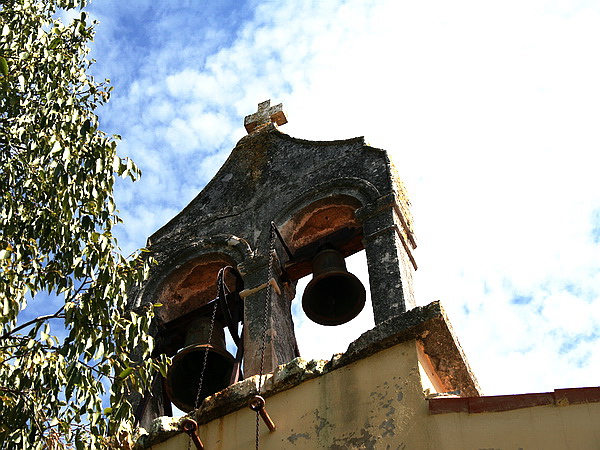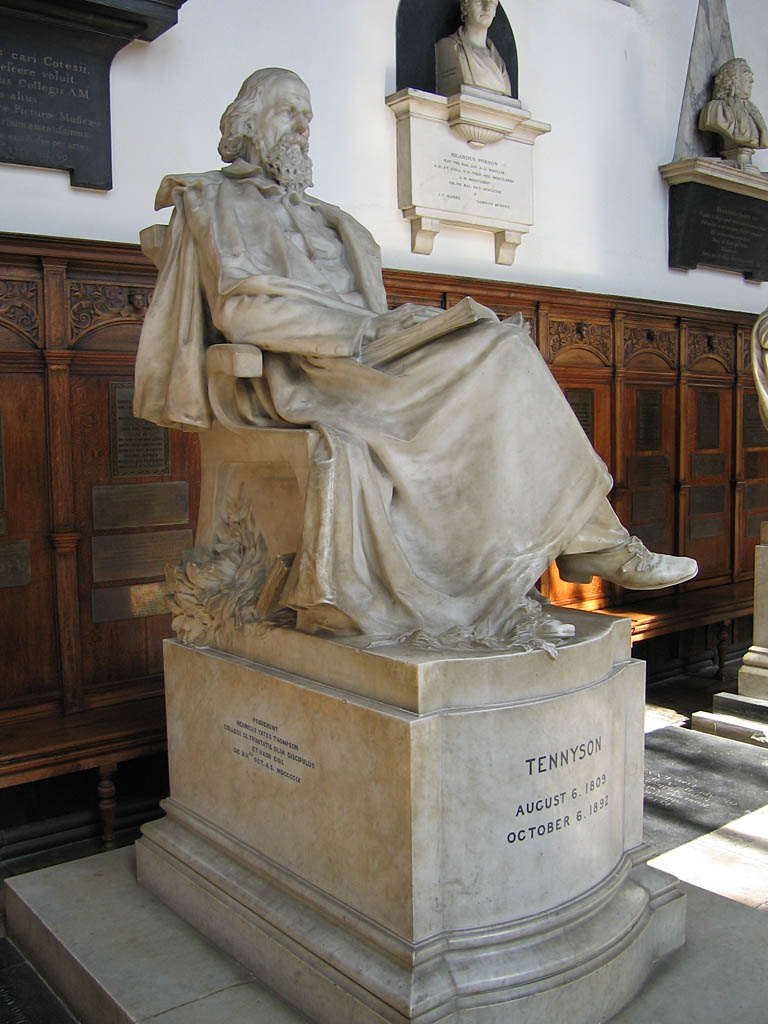|
Celtis Australis
''Celtis australis'', the European nettle tree, European hackberry, Mediterranean hackberry, lote tree, southern nettle tree, or honeyberry, is a deciduous tree native to Southern Europe, North Africa, and Asia Minor. The tree was introduced to England in 1796.Hillier Nurseries Ltd. (1977). ''Hilliers' Manual of Trees & Shrubs, 4th edition'', p.70. David & Charles, Newton Abbott, UK. Description The tree can grow to 25 m in height, though 10 m is more common in cooler climates. The bark is smooth and grey, almost elephantine.More, D. & White, J. (2003).''Trees of Britain & Northern Europe'', p. 417. Cassells, London. . The alternate leaves are narrow and sharp-toothed, rugose above and tomentose below, 5–15 cm long and dark grey/green throughout the year, fading to a pale yellow before falling in autumn. The apetalous wind-pollinated flowers are perfect (hermaphrodite, having both male and female organs), small and green, either singly or in small clusters. The fruit i ... [...More Info...] [...Related Items...] OR: [Wikipedia] [Google] [Baidu] |
Carl Linnaeus
Carl Linnaeus (23 May 1707 – 10 January 1778), also known after ennoblement in 1761 as Carl von Linné,#Blunt, Blunt (2004), p. 171. was a Swedish biologist and physician who formalised binomial nomenclature, the modern system of naming organisms. He is known as the "father of modern Taxonomy (biology), taxonomy". Many of his writings were in Latin; his name is rendered in Latin as and, after his 1761 ennoblement, as . Linnaeus was the son of a curate and was born in Råshult, in the countryside of Småland, southern Sweden. He received most of his higher education at Uppsala University and began giving lectures in botany there in 1730. He lived abroad between 1735 and 1738, where he studied and also published the first edition of his ' in the Netherlands. He then returned to Sweden where he became professor of medicine and botany at Uppsala. In the 1740s, he was sent on several journeys through Sweden to find and classify plants and animals. In the 1750s and 1760s, he co ... [...More Info...] [...Related Items...] OR: [Wikipedia] [Google] [Baidu] |
Ibn Al-'Awwam
Ibn al-'Awwam (), also called Abu Zakariya Ibn al-Awwam (), was an Al-Andalus agriculturist who flourished at Seville (modern-day southern Spain) in the later 12th century. He wrote a lengthy handbook on agriculture entitled in Arabic '' Kitāb al-Filāḥa'' (), which is the most comprehensive treatment of the subject in medieval Arabic, and one of the most important medieval works on the subject in any language. It was published in Spanish and French translations in the 19th century. The edition in French is about 1350 pages. Biography His full name was Abu Zakariya Yahya ibn Muhammad ibn Ahmad ibn Al-'Awwam Al-Ishbili (). The appellation "Al-Ishbili" at the end of his name means "the Sevillean" i.e. from Seville. His dates of birth and death are known. Nearly everything that is known about his biography is gleaned from his book. It appears that he was a large landowner whose interests lay exclusively with agricultural matters. [...More Info...] [...Related Items...] OR: [Wikipedia] [Google] [Baidu] |
Celtis
''Celtis'' is a genus of about 60–70 species of deciduous trees, commonly known as hackberries or nettle trees, in the hemp family Cannabaceae. It has a cosmopolitan distribution. Description ''Celtis'' species are generally medium-sized trees, reaching tall, rarely up to tall. The leaves are alternate, simple, long, Glossary of leaf morphology#ovate, ovate-acuminate, and evenly serrated margins. Diagnostically, ''Celtis'' can be very similar to trees in the Rosaceae and other rose motif families. Small flowers of this monoecious plant appear in early spring while the leaves are still developing. Male flowers are longer and hairy. Female flowers are greenish and more rounded. The fruit is a small drupe in diameter, edible in many species, with a dryish but sweet, sugary consistency, reminiscent of a date palm, date. Taxonomy Previously included either in the elm family (Ulmaceae) or a separate family, Celtidaceae, the APG III system places ''Celtis'' in an expanded hemp ... [...More Info...] [...Related Items...] OR: [Wikipedia] [Google] [Baidu] |
Muntić
Muntić (Italian language, Italian: Monticchio; Monticchio Polesano; Latin ''Rumeianum)'' is a village in Southeastern Istria, Croatia. - Ližnjan The etymological meaning is traced to the Latin, ''mòns'', or ''monticulus'', which means hill or little mountain. Geography The village of Muntić is located 9 km (5.6 mi) from the ancient town of Pula, near the Pula airport. Muntić is situated on the top of a hill, from which you have a complete view of the southeastern Pula territory. As you head east away from the village, you will find the Ancient Rome, pre-Roman site of Nesactium, and ''Budava'' bay. As per the tradition of rural Istria, Muntić is composed of old Quarter (urban subdivision), quarters mostly related to Clan, family clans, nicknames or ancestral names such as ''Brov'', ''Zvonići'', ''Placa' ...[...More Info...] [...Related Items...] OR: [Wikipedia] [Google] [Baidu] |
Caffeic Acid
Caffeic acid is an organic compound with the formula . It is a polyphenol with a key role in scavenging reactive oxygen species (ROS) generated in energy metabolism. Caffeic acid is also one major polyphenol responsible for maintaining normal levels of nitric oxide (NO) within cells. Caffeic acid is a yellow, solid chemical compound that is structually classified as a hydroxycinnamic acid, and the molecule consists of both phenolic and acrylic functional groups. Caffeic acid is found in all plants as an intermediate in the biosynthesis of lignin, a naturally occurring complex carbohydrate representing the principal components of biomass and its residues. It is chemically unrelated to caffeine; instead, the shared name is related to its presence in coffee. Natural occurrences Caffeic acid can be found in the bark of ''Eucalyptus globulus'' the barley grain ''Hordeum vulgare'' and the herb '' Dipsacus asperoides''. It can also be found in the freshwater fern '' Salvinia molest ... [...More Info...] [...Related Items...] OR: [Wikipedia] [Google] [Baidu] |
Flavonoid
Flavonoids (or bioflavonoids; from the Latin word ''flavus'', meaning yellow, their color in nature) are a class of polyphenolic secondary metabolites found in plants, and thus commonly consumed in the diets of humans. Chemically, flavonoids have the general structure of a 15-carbon skeleton, which consists of two phenyl rings (A and B) and a Heterocyclic compound, heterocyclic ring (C, the ring containing the embedded oxygen). This carbon structure can be abbreviated C6-C3-C6. According to the IUPAC nomenclature, they can be classified into: *flavonoids or bioflavonoids *isoflavonoids, derived from 3-phenylchromone, chromen-4-one (3-phenyl-1,4-benzopyran, benzopyrone) structure *neoflavonoids, derived from 4-phenylcoumarin (4-phenyl-1,2-benzopyran, benzopyrone) structure The three flavonoid classes above are all ketone-containing compounds and as such, anthoxanthins (flavones and flavonols). This class was the first to be termed bioflavonoids. The terms flavonoid and bioflavo ... [...More Info...] [...Related Items...] OR: [Wikipedia] [Google] [Baidu] |
Alfred Tennyson
Alfred Tennyson, 1st Baron Tennyson (; 6 August 1809 – 6 October 1892) was an English poet. He was the Poet Laureate during much of Queen Victoria's reign. In 1829, Tennyson was awarded the Chancellor's Gold Medal at Cambridge for one of his first pieces, "Timbuktu". He published his first solo collection of poems, '' Poems, Chiefly Lyrical'', in 1830. " Claribel" and " Mariana", which remain some of Tennyson's most celebrated poems, were included in this volume. Although described by some critics as overly sentimental, his poems ultimately proved popular and brought Tennyson to the attention of well-known writers of the day, including Samuel Taylor Coleridge. Tennyson's early poetry, with its medievalism and powerful visual imagery, was a major influence on the Pre-Raphaelite Brotherhood. Tennyson also focused on short lyrics, such as " Break, Break, Break", " The Charge of the Light Brigade", " Tears, Idle Tears", and " Crossing the Bar". Much of his verse was based on ... [...More Info...] [...Related Items...] OR: [Wikipedia] [Google] [Baidu] |
Haaretz
''Haaretz'' (; originally ''Ḥadshot Haaretz'' – , , ) is an List of newspapers in Israel, Israeli newspaper. It was founded in 1918, making it the longest running newspaper currently in print in Israel. The paper is published in Hebrew language, Hebrew and English language, English in the Berliner (format), Berliner format, and is also available online. In North America, it is published as a weekly newspaper, combining articles from the Friday edition with a roundup from the rest of the week. ''Haaretz'' is Israel's newspaper of record. It is known for its Left-wing politics, left-wing and Liberalism in Israel, liberal stances on domestic and foreign issues. ''Haaretz'' has the third-largest Print circulation, circulation in Israel. It is widely read by international observers, especially in its English edition, and discussed in the international press. According to the Center for Research Libraries, among Israel's daily newspapers, "''Haaretz'' is considered the most infl ... [...More Info...] [...Related Items...] OR: [Wikipedia] [Google] [Baidu] |
Jerusalem
Jerusalem is a city in the Southern Levant, on a plateau in the Judaean Mountains between the Mediterranean Sea, Mediterranean and the Dead Sea. It is one of the List of oldest continuously inhabited cities, oldest cities in the world, and is considered Holy city, holy to the three major Abrahamic religions—Judaism, Christianity, and Islam. Both Israel and Palestine claim Jerusalem as their capital city; Israel maintains its primary governmental institutions there, while Palestine ultimately foresees it as its seat of power. Neither claim is widely Status of Jerusalem, recognized internationally. Throughout History of Jerusalem, its long history, Jerusalem has been destroyed at least twice, Siege of Jerusalem (other), besieged 23 times, captured and recaptured 44 times, and attacked 52 times. According to Eric H. Cline's tally in Jerusalem Besieged. The part of Jerusalem called the City of David (historic), City of David shows first signs of settlement in the 4th ... [...More Info...] [...Related Items...] OR: [Wikipedia] [Google] [Baidu] |
Temple Mount
The Temple Mount (), also known as the Noble Sanctuary (Arabic: الحرم الشريف, 'Haram al-Sharif'), and sometimes as Jerusalem's holy esplanade, is a hill in the Old City of Jerusalem, Old City of Jerusalem that has been venerated as a Sacred space, holy site for thousands of years, including in Judaism, Christianity and Islam. The present site is a flat plaza surrounded by retaining walls (including the Western Wall), which were originally built by Herod the Great, King Herod in the first century BCE for an expansion of the Second Temple, Second Jewish Temple. The plaza is dominated by two monumental structures originally built during the Rashidun and early Umayyad Caliphate, Umayyad caliphates after Siege of Jerusalem (636–637), the city's capture in 637 CE:Nicolle, David (1994). ''Yarmuk AD 636: The Muslim Conquest of Syria''. Osprey Publishing. the main Qibli Mosque, praying hall of al-Aqsa Mosque and the Dome of the Rock, near the center of the hill, which was com ... [...More Info...] [...Related Items...] OR: [Wikipedia] [Google] [Baidu] |
Barjols2013 016
Barjols (; ) is a commune in the Var department in the Provence-Alpes-Côte d'Azur region in southeastern France. At the gateway to Haute Provence and the hills of Var, near the Verdon gorges and the Lake of St. Croix, the town is set on a limestone cliff. Featuring 42 fountains, Barjols' architecture and life have been determined for centuries by the omnipresence of water. Historical buildings include the 11th century Collegiate Church. Leather was the mainstay of the village economy until the late 20th century when production moved to emerging economies and decline set in. Owing to this more recent industry, Barjols did not embrace tourism, and has kept many features and characters of French village life. Population Sites of interest *The Collegiate Church of Notre Dame de I'Assomption, *Portal of Ponteves *Regional Water Museum * The fountains * Vineyards Neighbouring villages *Tavernes (5 km), *Varages (7 km), *Châteauvert (8 km), *Cotignac (15 km) ... [...More Info...] [...Related Items...] OR: [Wikipedia] [Google] [Baidu] |
Diameter At Breast Height
Diameter at breast height, or DBH, is a standard method of expressing the diameter of the trunk or bole of a standing tree. DBH is one of the most common dendrometric measurements. Tree trunks are measured at the height of an adult's breast, which is defined differently in different countries and situations. In many countries, DBH is measured at approximately above ground. Global variation and scientific precision The height can make a substantial difference to the measured diameter. In the United States, DBH is typically measured at above ground. In some countries, such as Australia, New Zealand, Burma, India, Malaysia, and South Africa, breast height diameter has historically been measured at a height of , but because of much active research into allometrics that are being applied to trees and forests, the convention of is more appropriate. Ornamental trees are usually measured at 1.5 metres above ground. Some authors have argued that the term DBH should be abolish ... [...More Info...] [...Related Items...] OR: [Wikipedia] [Google] [Baidu] |







